If you're a dog owner, you've probably witnessed this scene more than once. You’re out for a lovely walk, your furry friend spots a lush patch of grass, and the next thing you know, your dog starts rolling in it, wiggling with sheer delight. While it might seem amusing (or sometimes mildly concerning), this common behaviour in dogs has several fascinating explanations. From scratching an itch to masking their scent like their wild ancestors, dogs roll in grass for a variety of reasons.
This blog will explore why dogs engage in this behaviour, whether or not you should be concerned, and how you can prevent your pup from turning a patch of grass into a spa day if it’s becoming problematic.
Why Do Dogs Roll in Grass?
1. Scent Rolling and Masking Their Scent
One of the most common reasons dogs roll in grass is because they are instinctively drawn to particular scents. This behaviour, known as "scent rolling," dates back to when dogs were wild animals like wolves. Wolves, and likely ancient dogs, would roll in strong-smelling scents to mask their own scent. This allowed them to approach prey undetected during hunting.
Your dog may not be hunting prey in your backyard, but that instinct is still deeply embedded. A patch of grass that "smells good" to them could be irresistible. However, what smells good to a dog may not always align with what humans find pleasant. If your pup happens upon the scent of another dog's urine, dead animals, or even food remnants, it might trigger that natural behaviour.

2. Expressing Happiness and Having Fun
Many dogs roll in grass simply because they love the way it feels. Rolling in the grass can bring a deep sense of pleasure to your pup, especially on a sunny day or after a vigorous walk. It could be something as simple as expressing happiness. Their rolling could also be a way of inviting you (and other dogs, if present) to join them in their fun.
If your dog starts rolling with a wagging tail and energetic movements, they are likely doing this because it feels good and makes them happy.
3. Scratching an Itch or Relieving Skin Irritation
Dogs may roll in grass to relieve discomfort caused by itchy skin or irritation. This could be due to allergies, minor skin conditions, insect bites, or shedding loose fur. Rolling on textured surfaces like grass provides a self-soothing scratch that helps them in the moment.
If you notice your dog persistently rolling in the grass and scratching other areas, it might be worth checking for skin irritations or allergies. Some dogs suffer from specific allergens in their environment, like pollen, which can aggravate your dog's skin.
4. Marking Their Territory
Dogs have scent glands that release odours unique to them. Rolling in the grass may serve multiple purposes, including scent marking. By rubbing their body on a specific spot, a dog spreads its scent to claim that piece of earth as its own, even if it’s temporary.
This could also explain why many dogs seem drawn to roll in a particular spot repeatedly. Their keen sense of smell tells them their odour is fading, so they “refresh” the patch with their own scent.

5. Cooling Off or Stimulating Blood Flow
On a hot day, the cool texture of grass has an almost therapeutic effect. Grass rolling could simply be a way for your pup to cool down and enjoy a mini-rest. Alternatively, the rolling motion can help with blood flow and might be your dog’s clever way of stretching or relaxing their body after exercise.
When Rolling Gets Gross
While rolling in grass is generally a normal and harmless behaviour, sometimes it can be gross or inconvenient, especially if your dog encounters "smelly treasures" like animal remains or poop. Many dogs roll in things that might concern their owners, such as dead animals or waste, because the strong odour is stimulating and aligns with their natural instincts as hunters.
Here’s how to prevent your pup from rolling in something undesirable:
Prevention Tips
-
Monitor Your Dog’s Environment
Pay attention to where your dog rolls. If you’re in an area that might have other animals or “gross things” nearby, keep your pup on a tighter leash.
-
Use Positive Reinforcement
If your dog starts rolling somewhere they shouldn’t, distract them with a treat or toy while gently but firmly redirecting their behaviour. Reward them with belly rubs or snacks when they engage in acceptable activities instead.

-
Recognise Potential Triggers
Notice if certain triggers, like specific spots or strong smells, make your dog more likely to roll. Avoid areas where problem behaviour occurs frequently.
-
Provide Alternatives
Dogs love sensory experiences. Offer other ways for them to have fun, like scratching posts, comfy bedding, or toys infused with safe scents they enjoy.
-
Check for Skin Problems
If rolling happens excessively and doesn’t seem playful, your dog might have itchy skin caused by fleas, allergies, or irritation. Consult a vet to rule out skin issues.
A Note on Smelly Adventures
Should your pup roll in something truly obnoxious (like poop or, worse, a dead animal), act fast:
-
Brush off as much debris as possible.
-
Use a dog-safe shampoo to give them a thorough bath.
-
Consider professional grooming if the smell lingers.

Is Grass Rolling a Problem?
Most of the time, rolling in grass is a normal, harmless behaviour that serves several purposes for your dog, from having fun to scratching an itch. However, it can require intervention if:
-
It becomes obsessive or disruptive.
-
It indicates allergies, skin conditions, or irritation.
-
It’s creating recurring messes or hygiene concerns.
Staying proactive about observing your dog’s rolling behaviour and managing their environment will go a long way in ensuring the habit stays under control.
Bringing Joy Back to Grass Time
Understanding your dog’s natural behaviour is key to building a deeper bond with them. The next time you ask yourself, "Why does my dog roll in grass?" remember that it serves multiple purposes—from expressing happiness to scratching an itch, masking their scent, or simply enjoying the environment.
By providing attention, setting boundaries, and ensuring your pup’s needs are met, grass rolling can remain a fun and harmless activity.
Want to learn more about caring for your dog’s health and behaviour? Stay tuned to our blog for expert tips and tricks to keep your furry friend happy and thriving!



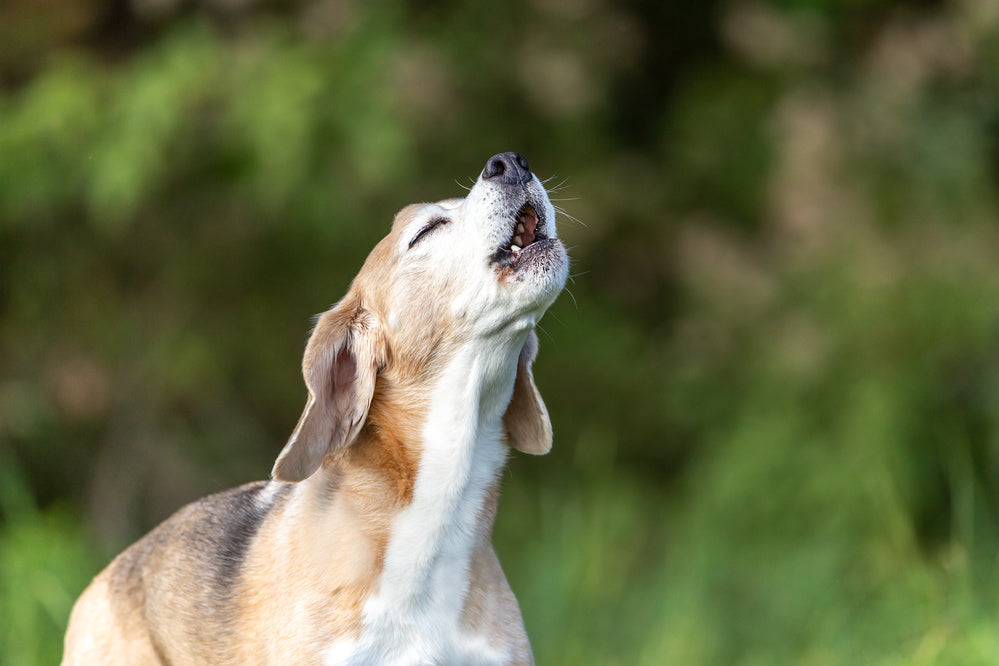
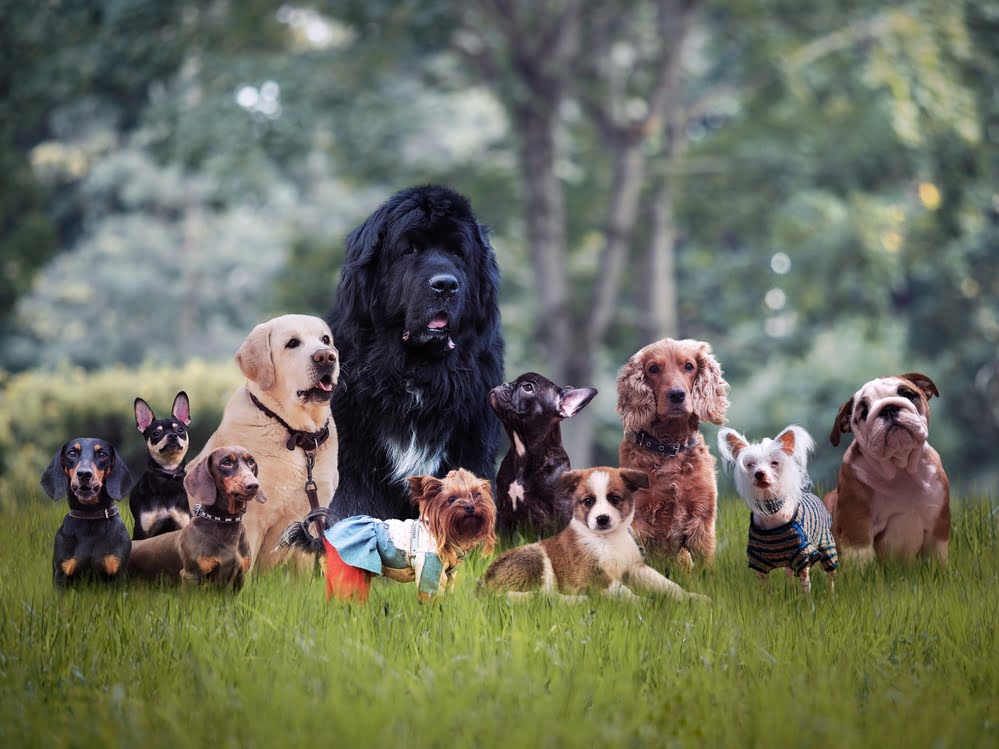

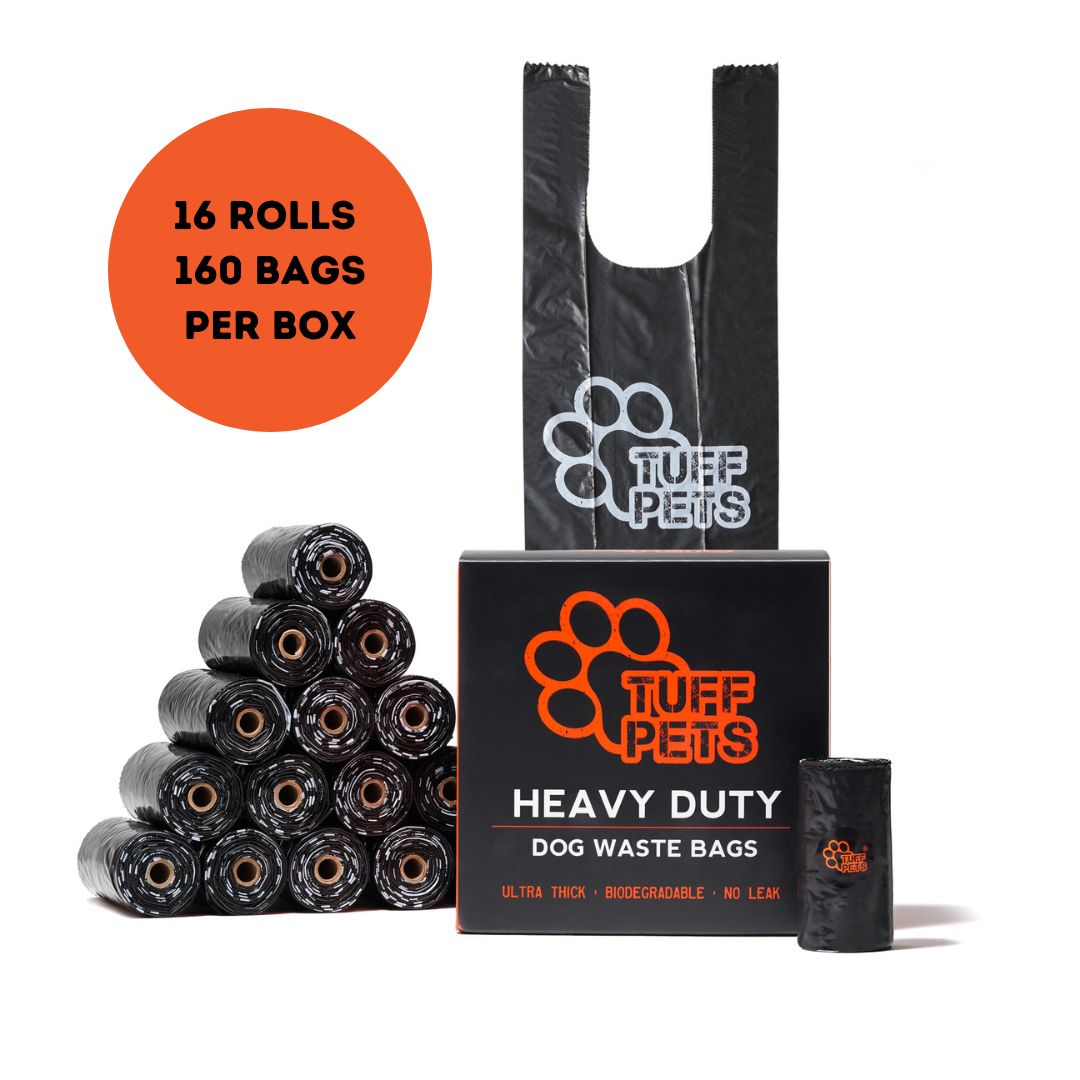

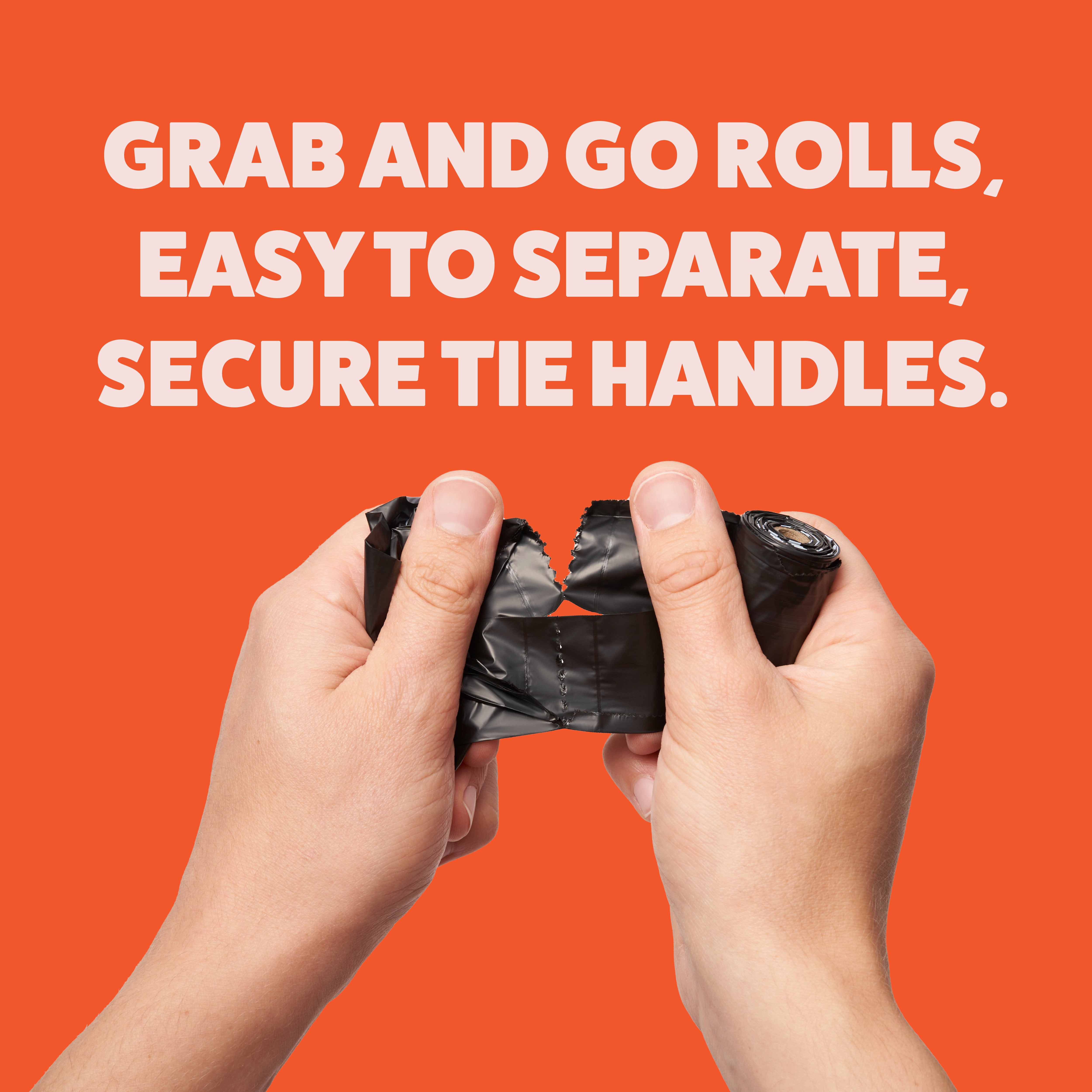

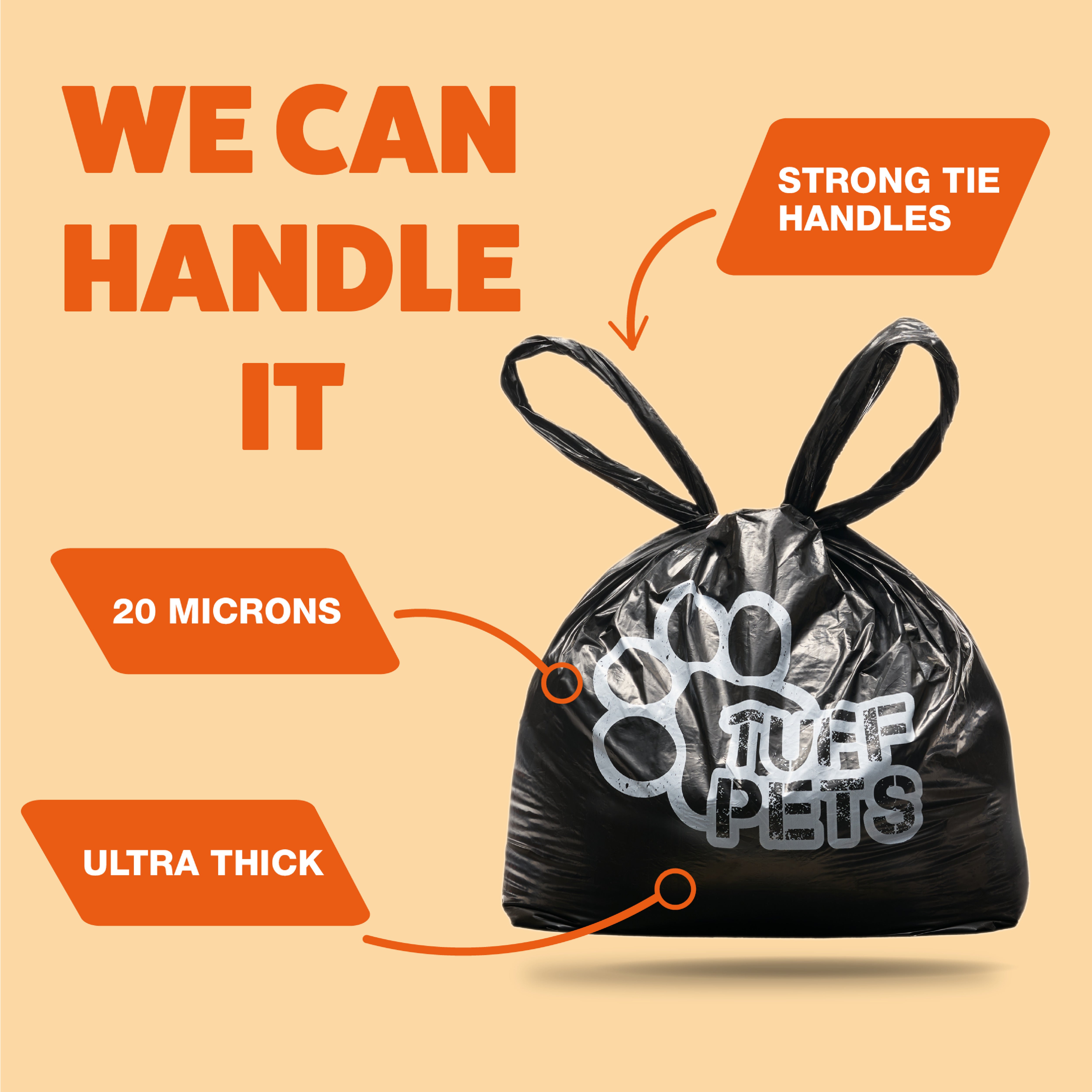


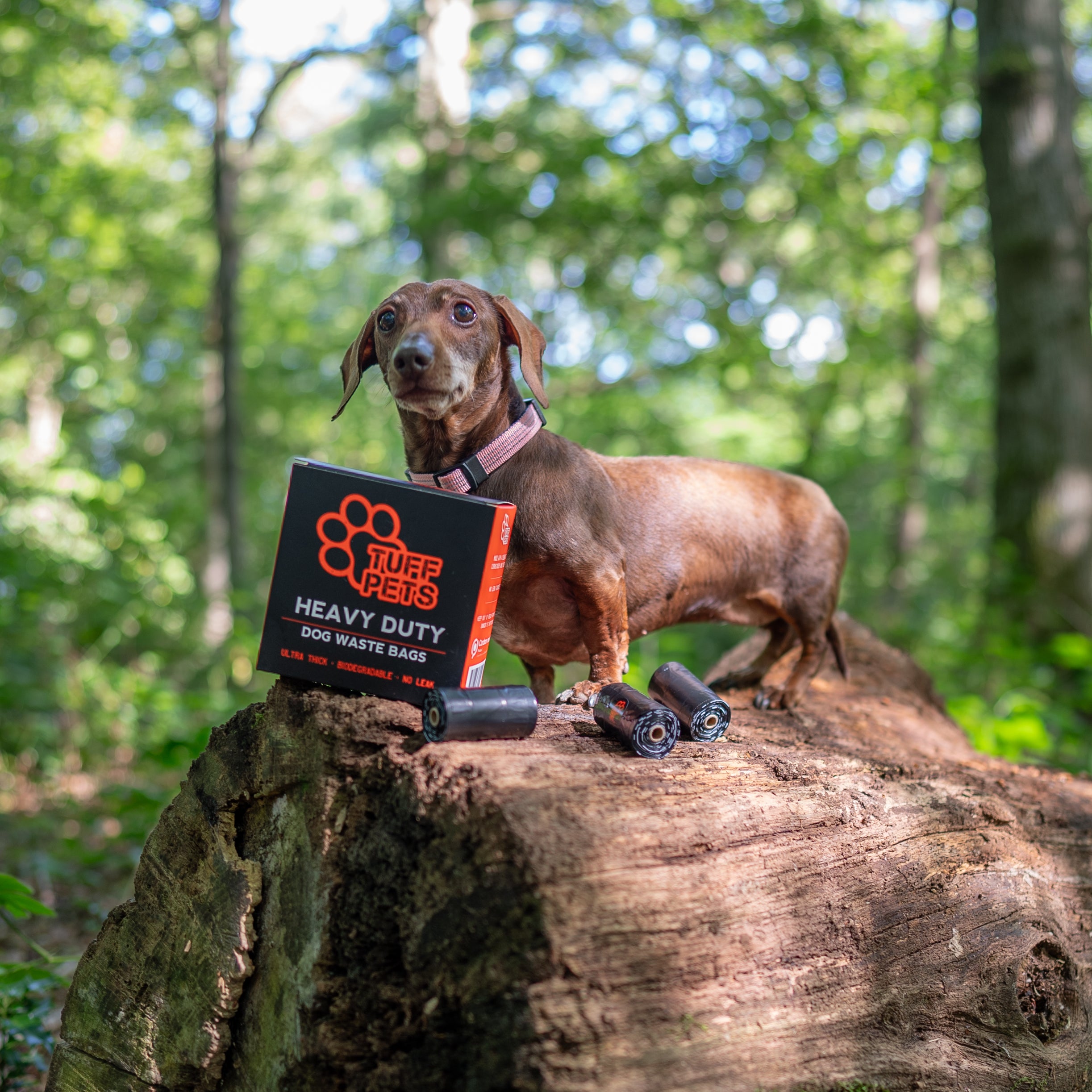

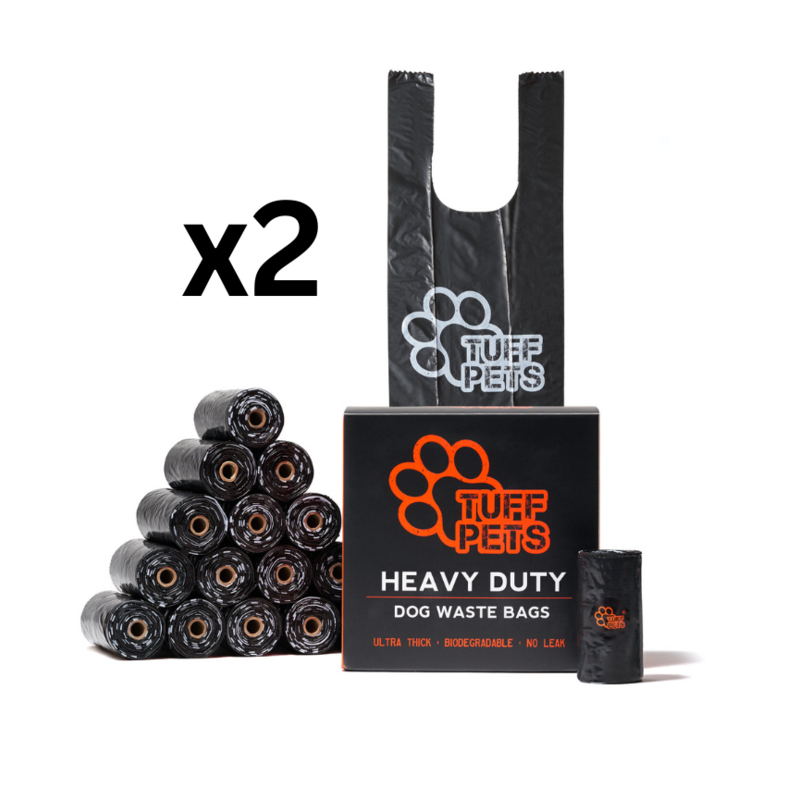
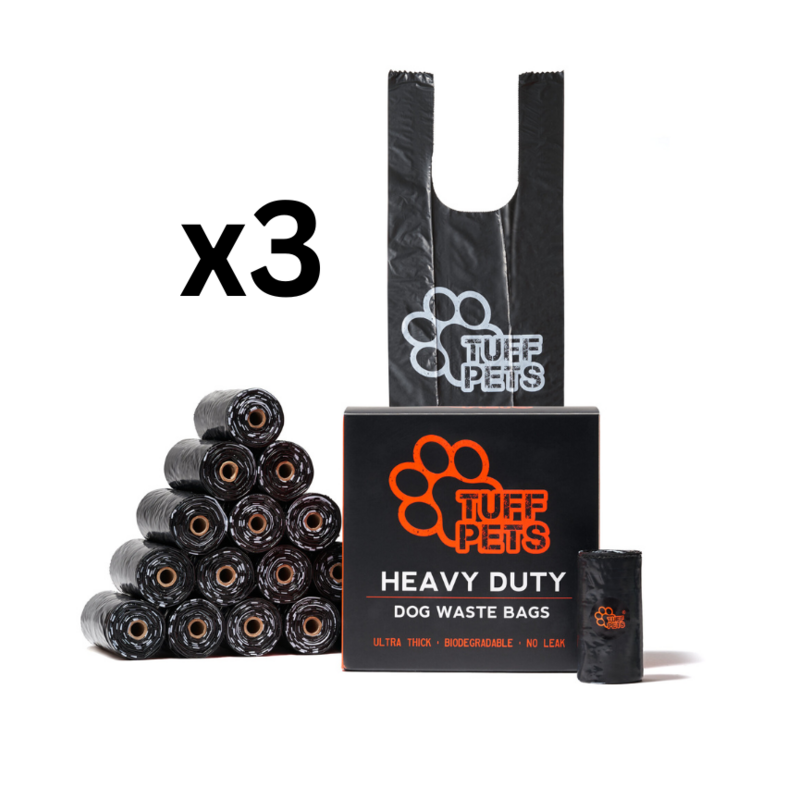

Share:
Understanding Shedding Season for Dogs and How to Manage It
Understanding Submission in Dogs: Behaviours, Training, and Balance